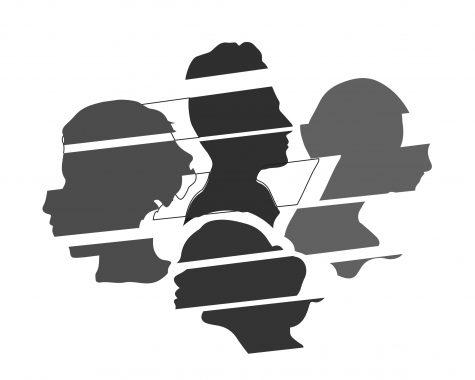How to approach new ethnic curriculums in high school
November 4, 2021
When have you been challenged to think about your own racial and ethnic identities and your relation to ones that are not your own?
For me, it was mostly at Whitman. The college has given me chances to become more conscious about race and ethnicity, which I rarely had the chance to do in the country I come from. Often I find myself “unlearning” what I encountered in earlier education and at the same time becoming more critical of power dynamics in our academics.
While I appreciate these learning opportunities on campus, I also feel that they should be given earlier in our school life. California is attempting to make that unlearning happen, at least. But whether they will succeed, I believe, is not guaranteed.
California recently issued a bill to require all public high school students to take an ethnics studies course before graduation, becoming the first state to do so in the nation. According to the New York Times, the courses will include mainly African Americans, Latinos, Asian Americans, Pacific Islanders and Native Americans, as well as other groups such as Jewish, Sikh and Arab Americans.
I am relieved because we are finally witnessing a willingness in our nation’s public education systems to become more critical of themselves. This attempt to reconsider our school education must not end in one state.
But at the same time, we must acknowledge how precarious the field of ethnic study is. We must be careful of the context in which we discuss these topics. Depending on who and how one teaches specific racial and ethnic groups, they could easily be reduced and essentialized into simple ideas.
The ethnic studies, soon to be required in California’s high schools, must be careful not to simply satisfy those who are already in privileged positions. People who are in more privileged status due to their race and ethnicity must not leave their high schools satisfied, that they learned something “morally right” or “caring for the oppressed.” If they feel like that when they leave, they are not challenging their own position in society.
In classrooms, there are always different power dynamics shaping how the students learn about themselves and others. Although it may be hard to completely get rid of such power dynamics, I think it is crucial to be at least aware of them.
The teachers must be conscious of how they create their classroom environments. They must be capable of accommodating the different backgrounds students may carry. They must allow students to critically engage in the learning materials, providing a safe environment for students to reflect and critique on what and how they are learning. The teachers must leave the course open for making necessary changes as they teach this complex field of study.
California’s curriculum reform, if enacted carefully, could ignite resistance to injustices surrounding race and ethnicity in this country. But it must be acknowledged that the learning could also only reproduce the power imbalance and divisions that persist today.






